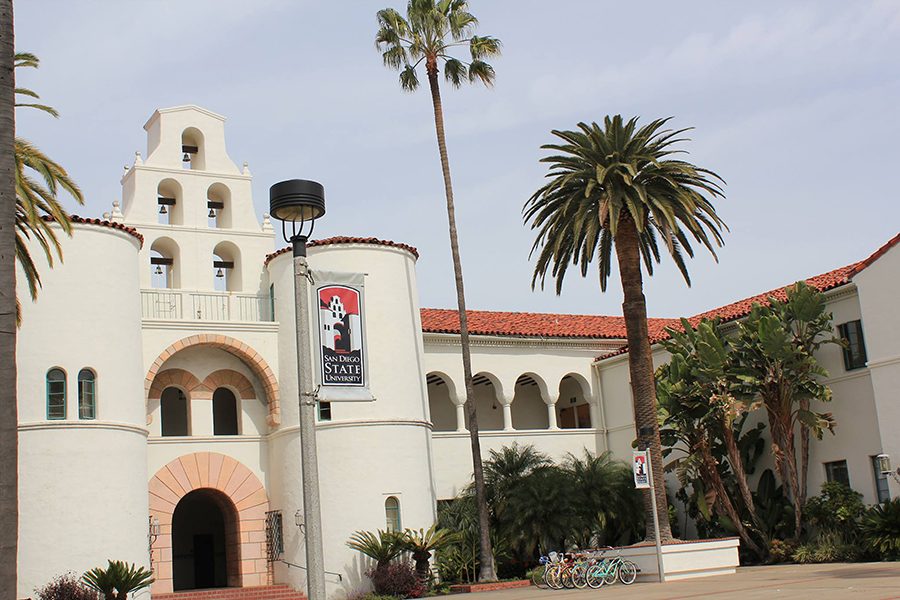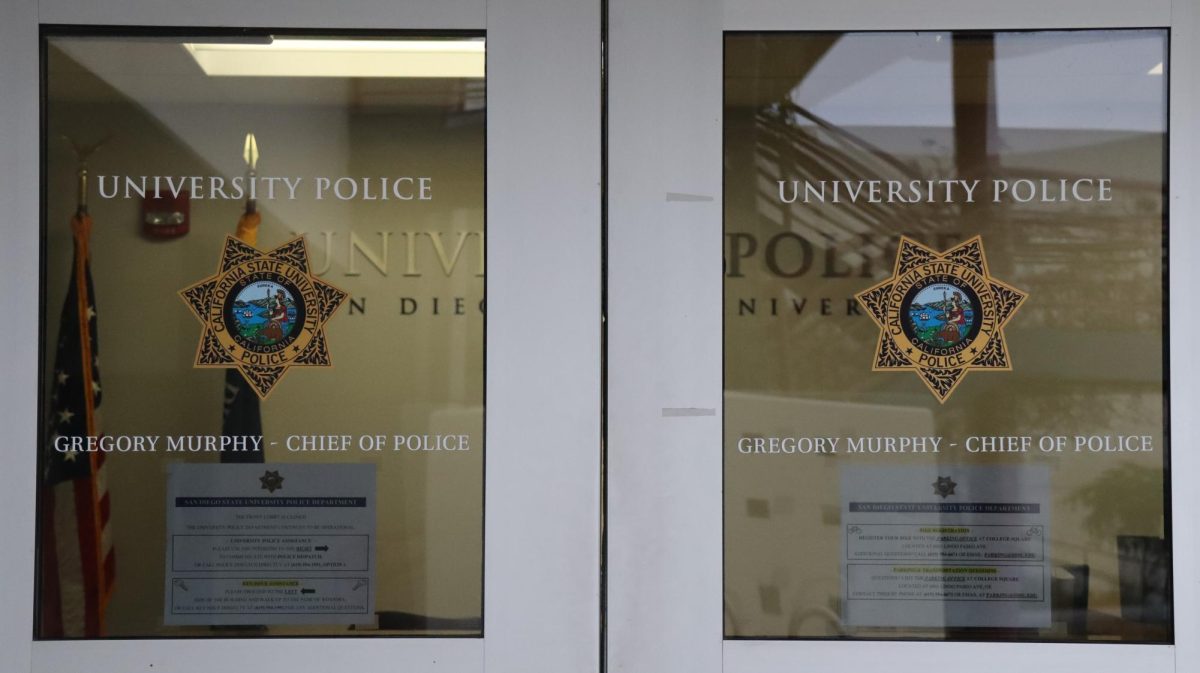As reported by the Analytic Studies and Institutional Research, about 74 percent of San Diego State freshmen graduate in six years or less and 85 percent of transfers graduate in four years.
This is an increase from the prior graduation rate, where there was a 68 percent six-year graduation rate for first time freshman and 83 percent four-year transfer student graduation rate.
James Tarbox, executive director of Career Services at SDSU, said he has seen more students be proactive when coming into Career Services.
These high graduation rates help more students find jobs after graduation.
Tarbox said over 50 percent of SDSU students are taking internship opportunities while attending SDSU, which increases their opportunities of getting jobs after graduation.
Students are also graduating with more job experience and getting involved in research and opportunities that are being offered at SDSU, Tarbox said.
He said advising resources offered by the university and colleges within the school are a reason graduation rates have improved.
Chair of the Psychology Department Georg Matt said SDSU’s psychology department currently receives the second most research funding in the state from the National Institute of Health.
The psychology department has created a peer advising center to help students. Katherine Turner, associate director of undergraduate advising in the psychology department, said psychology students are attending peer advising meetings because they feel more confident in turning to peers for help and academic advice.
She said there are over 500 undergraduate students who graduate with a psychology degree, and a majority of them are able to find jobs within the first six months after they graduate.
“The psychology department really encourages students to get involved in research within the department which prepares students to get real job experience,” Matt said.
Karey Sabol, assistant dean at the College of Arts and Letters, said they are tracking students’ progress and reaching out to them for advising and guidance in their programs.
The advisors from the College of Arts and Letters reach out to students who have more than 120 units and have not applied for graduation to follow up on their education paths.
Sabol said many students exceed the unit requirements because they are pursuing another major or minor.
By learning the challenges that students face in the programs, advisors are able to encourage the proper steps for students to stay on track, graduate on time and obtain the GPA they want.
“Involvement in out-of-the-classroom high impact practices, such as study abroad and undergraduate research, can really serve to keep students motivated to stay in school and complete their degrees,” Sabol said.
Many departments are setting up students to be successful not only at school but also in the future through the initiatives that are being taken.
“We really emphasize everything they need and we give them the tools they need to go to grad school or jobs in their careers,” Matt said.
Tarbox said students are also going into departments outside of their majors and using their knowledge to help in projects and research.
He said students are able to see that they are able to get exposure to other occupations while studying at SDSU.
SDSU also has the Aztec Mentor program which gives students the opportunity to connect with a professional who can help them in their career throughout their time at SDSU.
“We are the only campus that offers something that robust,” Tarbox said about the Aztec Mentor Program.
The psychology department is putting efforts into extending their advising to junior colleges and prospective students.
The department is holding an event Dec. 9 where they will be having a presentation on campus for students who are attending junior colleges in San Diego.
Tarbox said he advises students to invent and design while they are attending SDSU in order to become successful.
“Allow yourself to make mistakes and say no versus trying to answer these questions at the last minute,” Tarbox said.
He said there is an estimated about 12 percent of students who go to graduate school and continue to pursue higher education after graduating SDSU.







